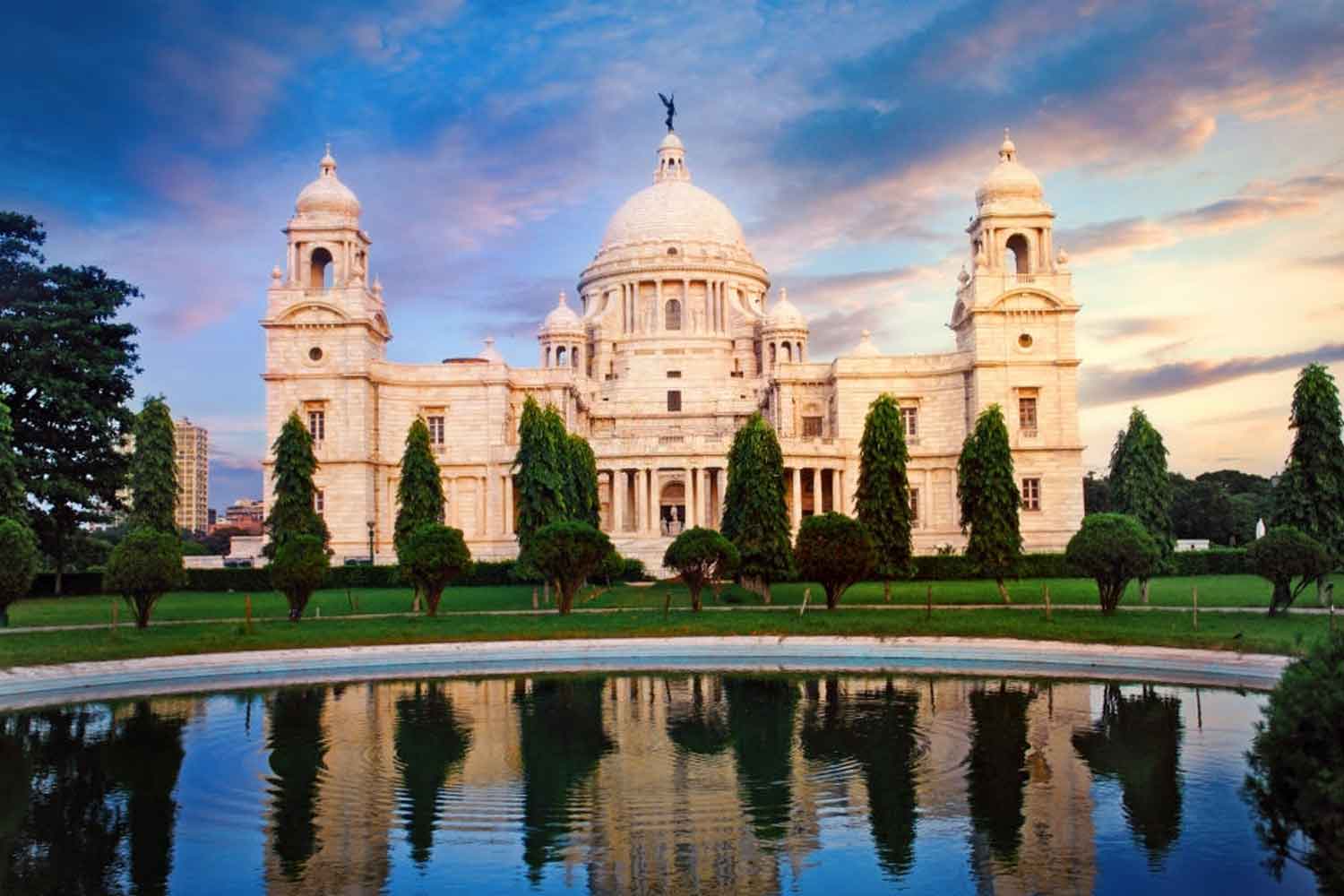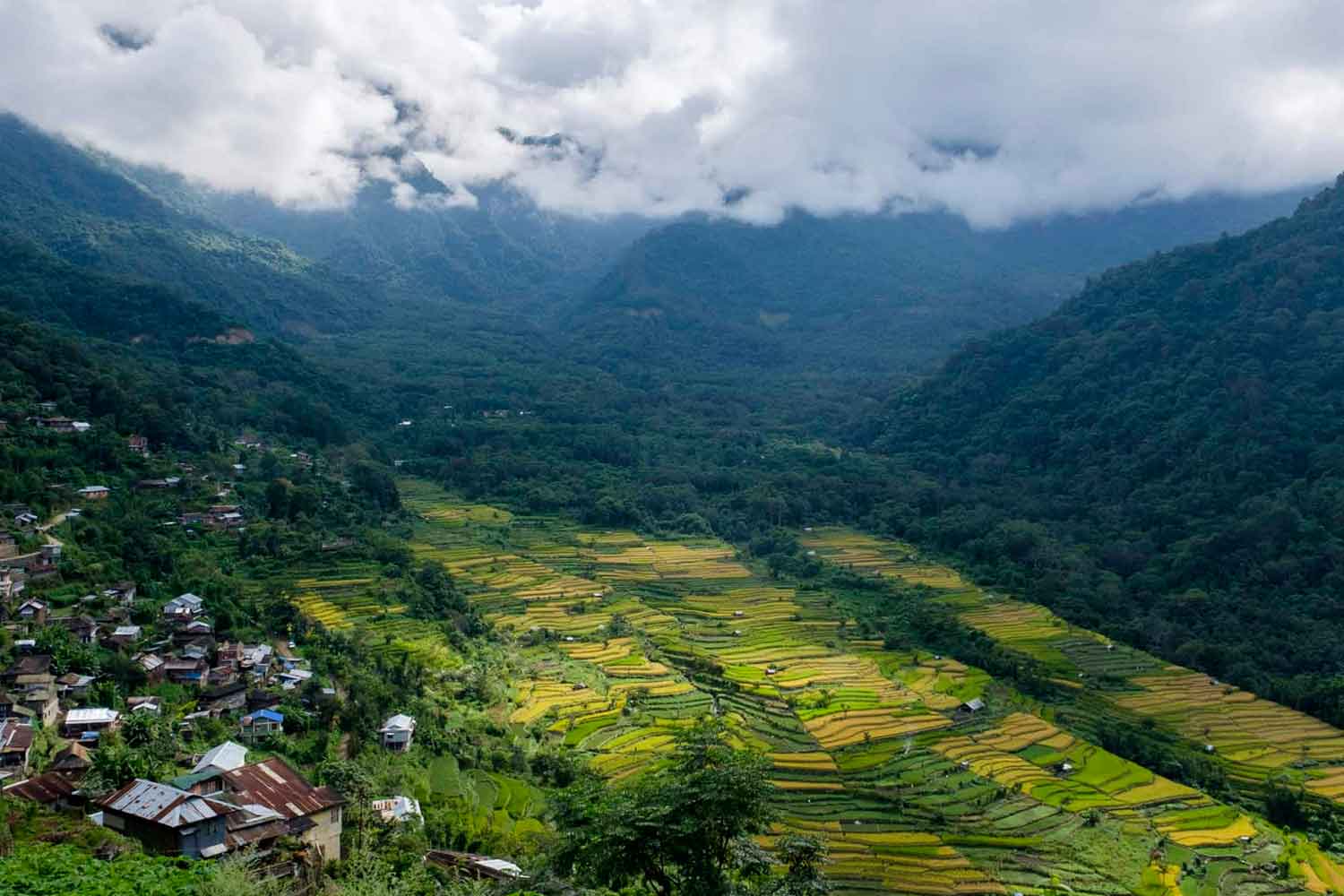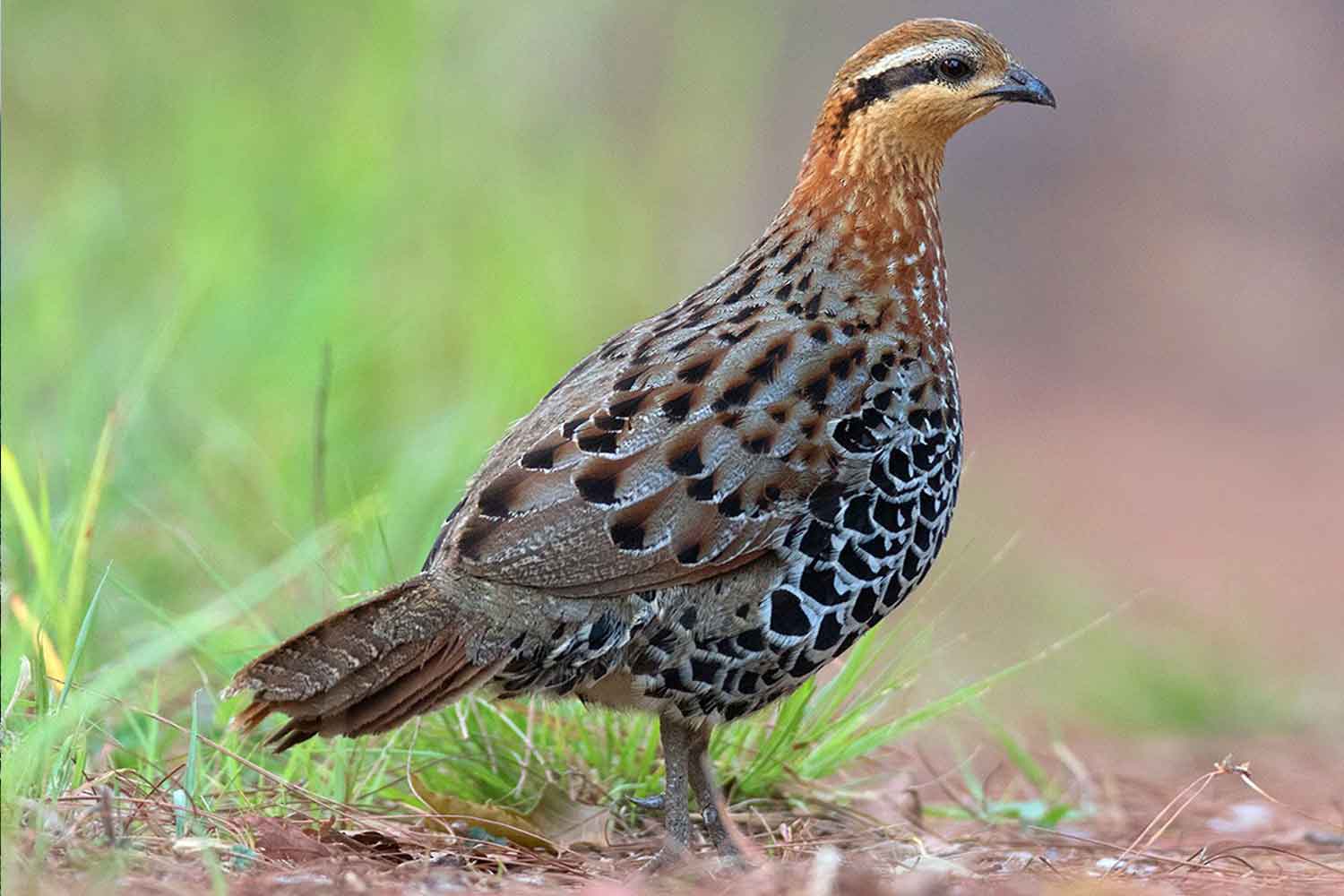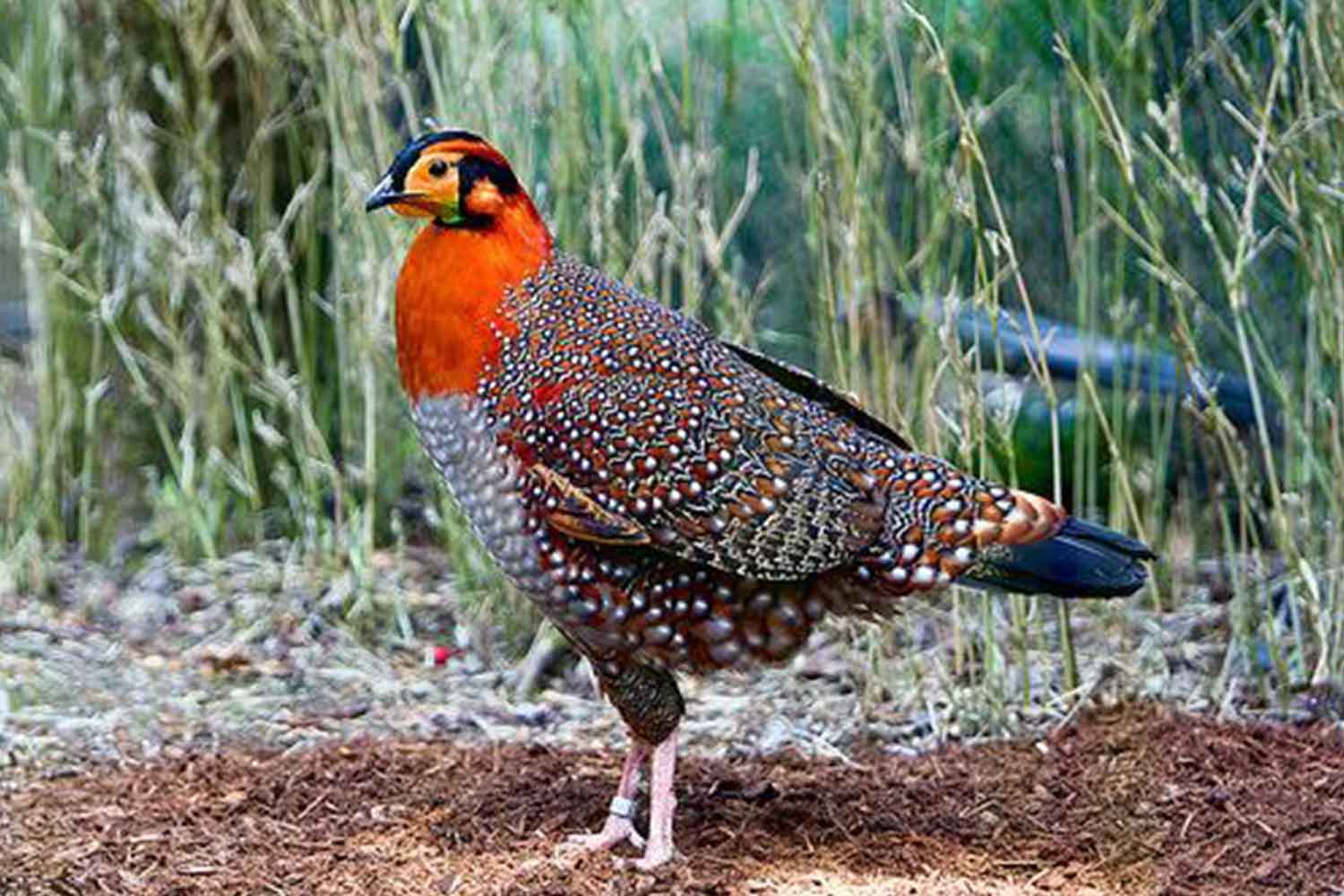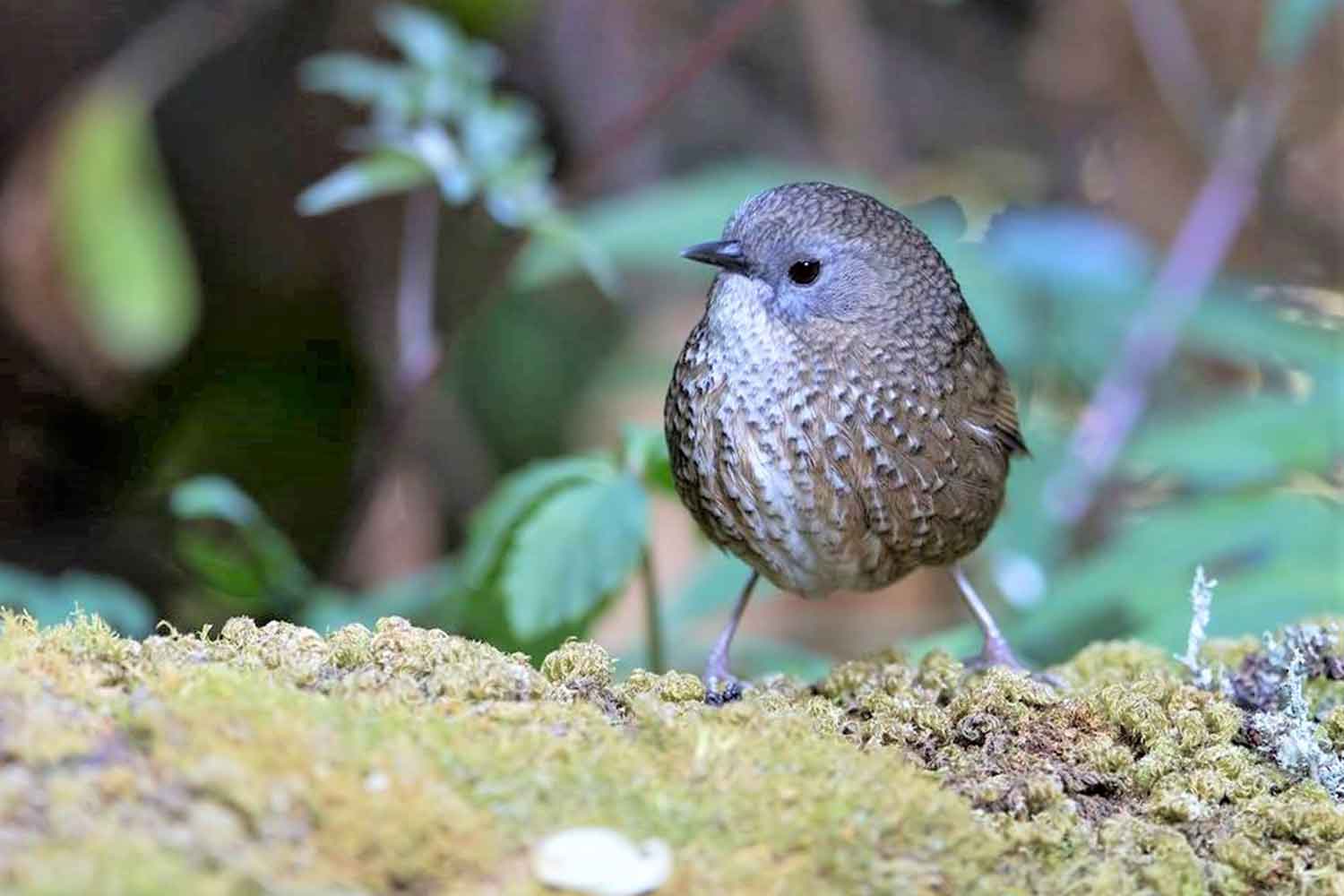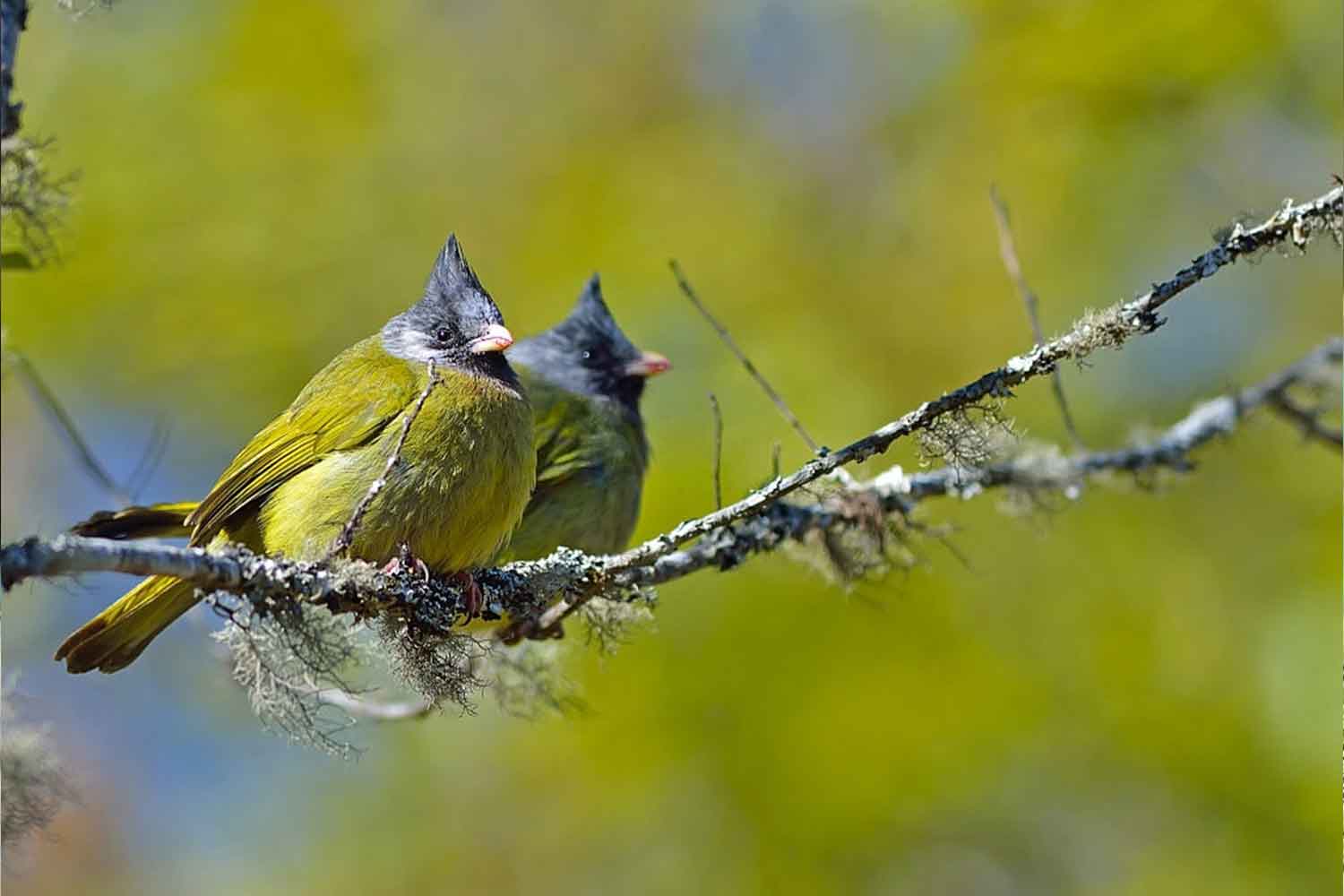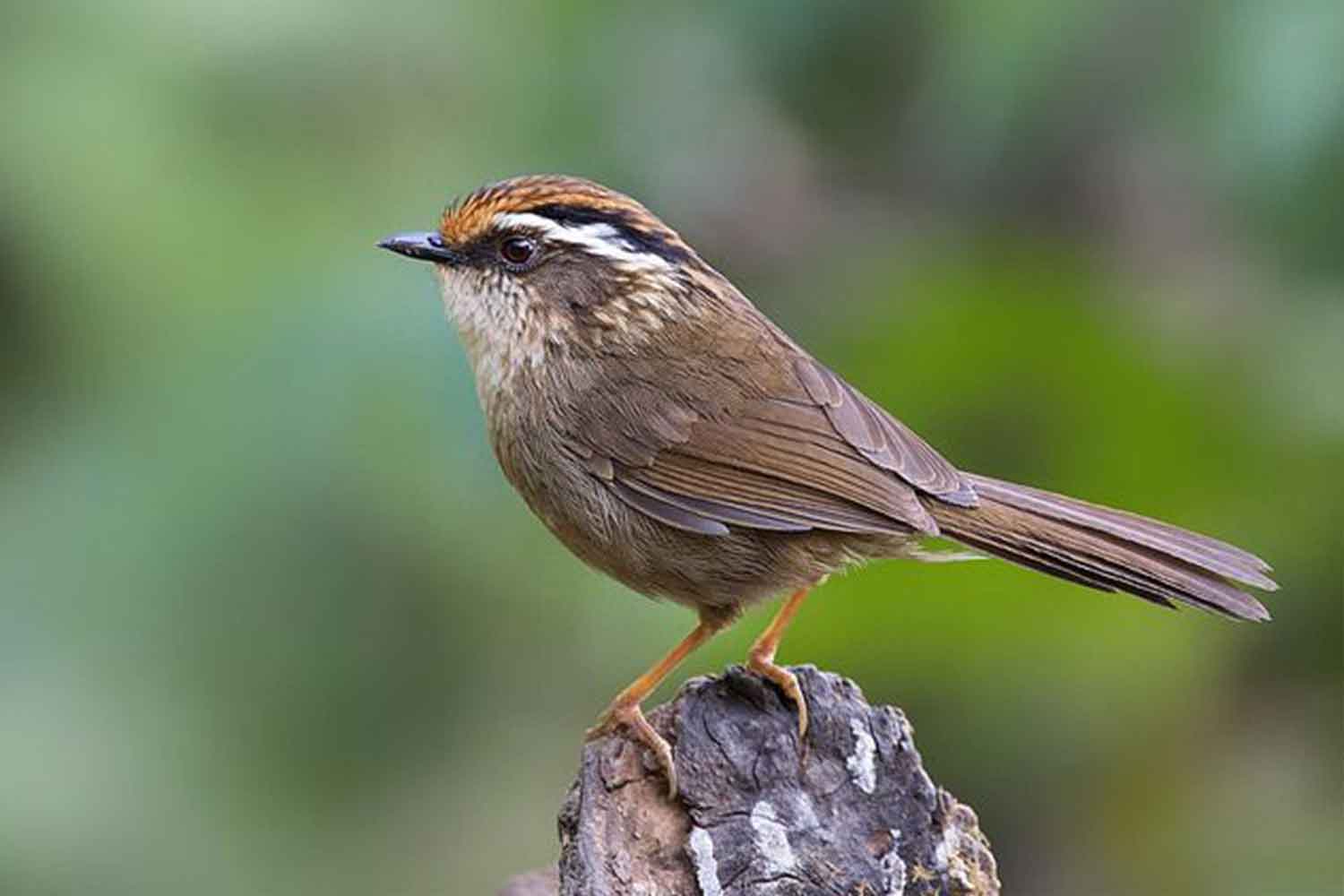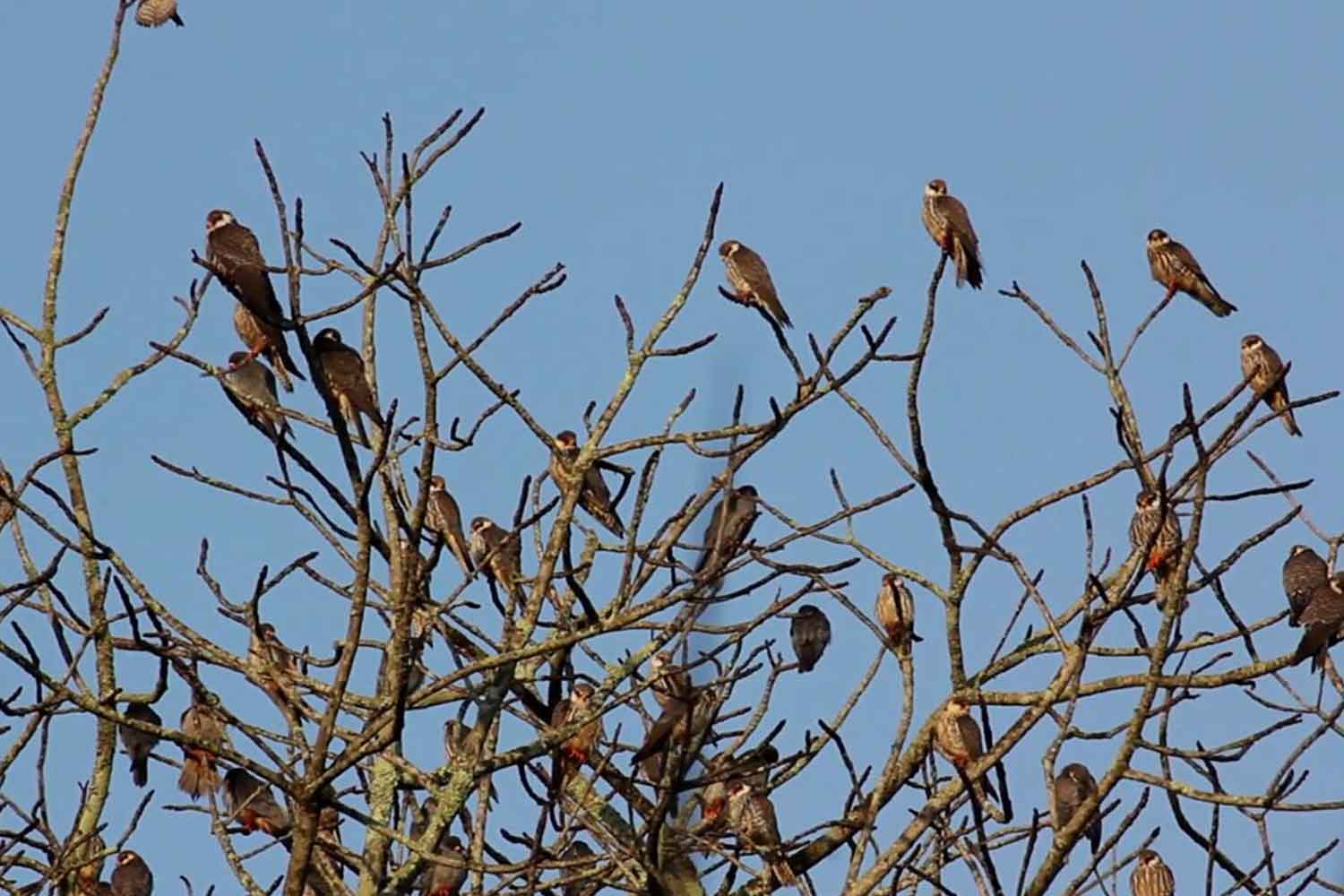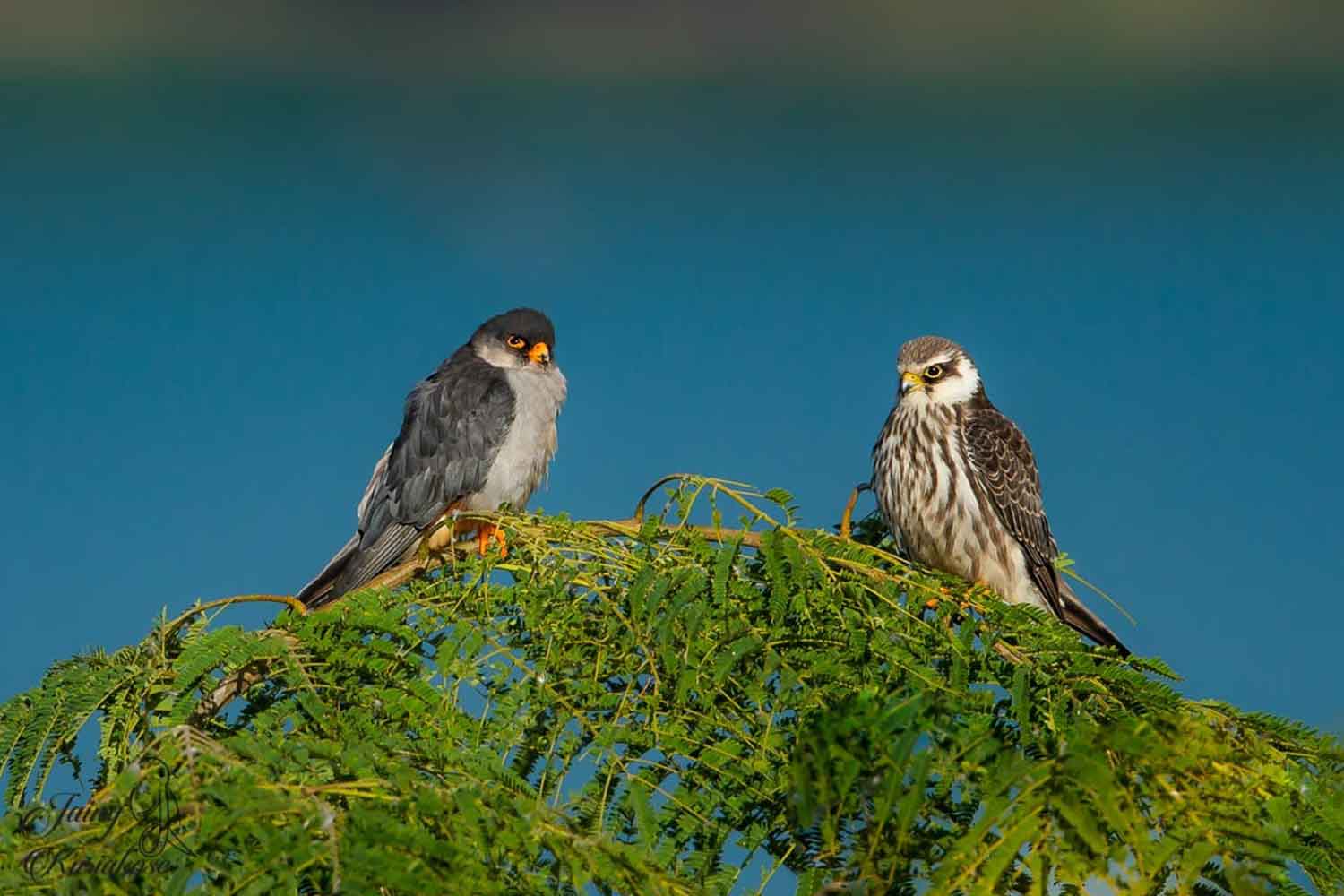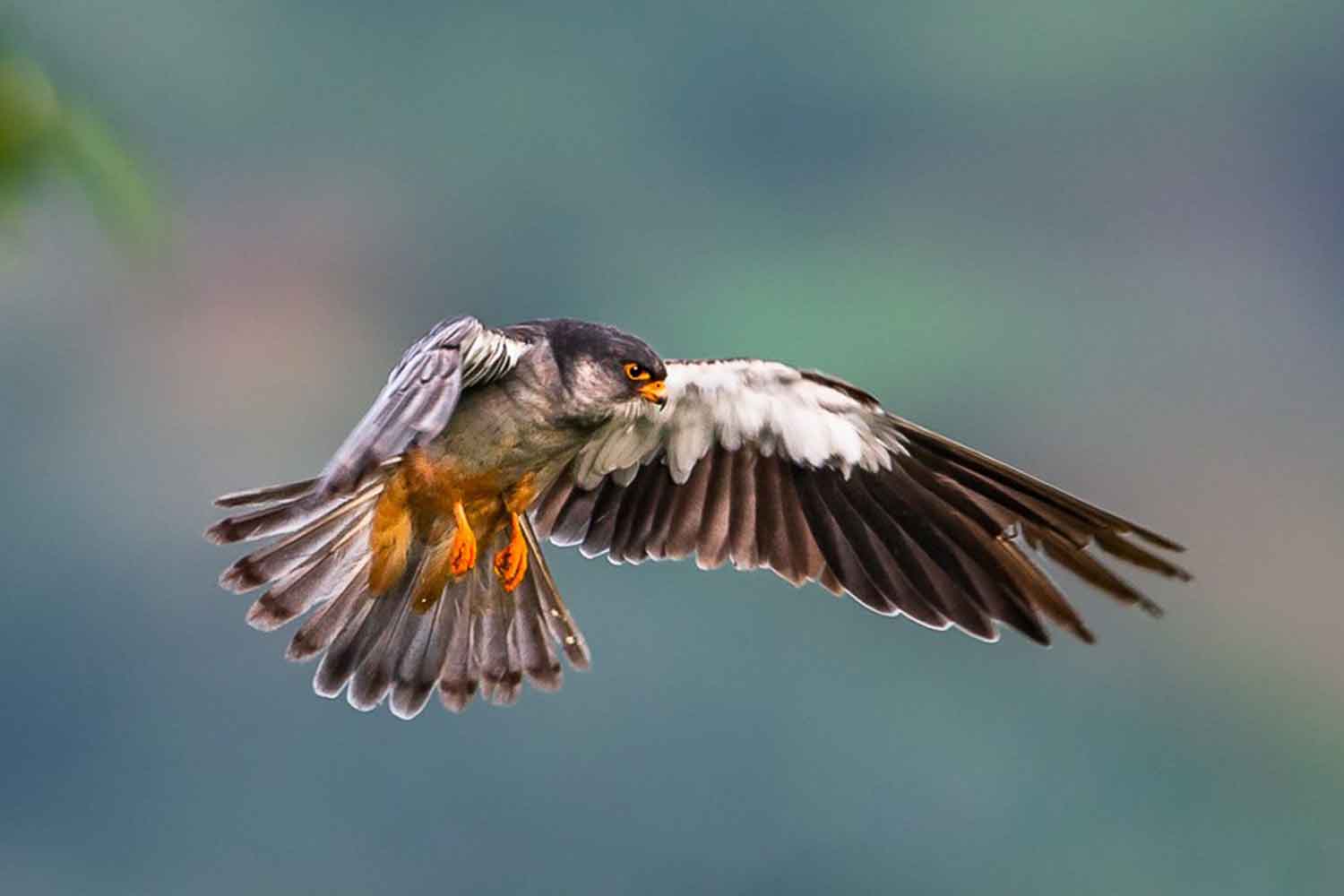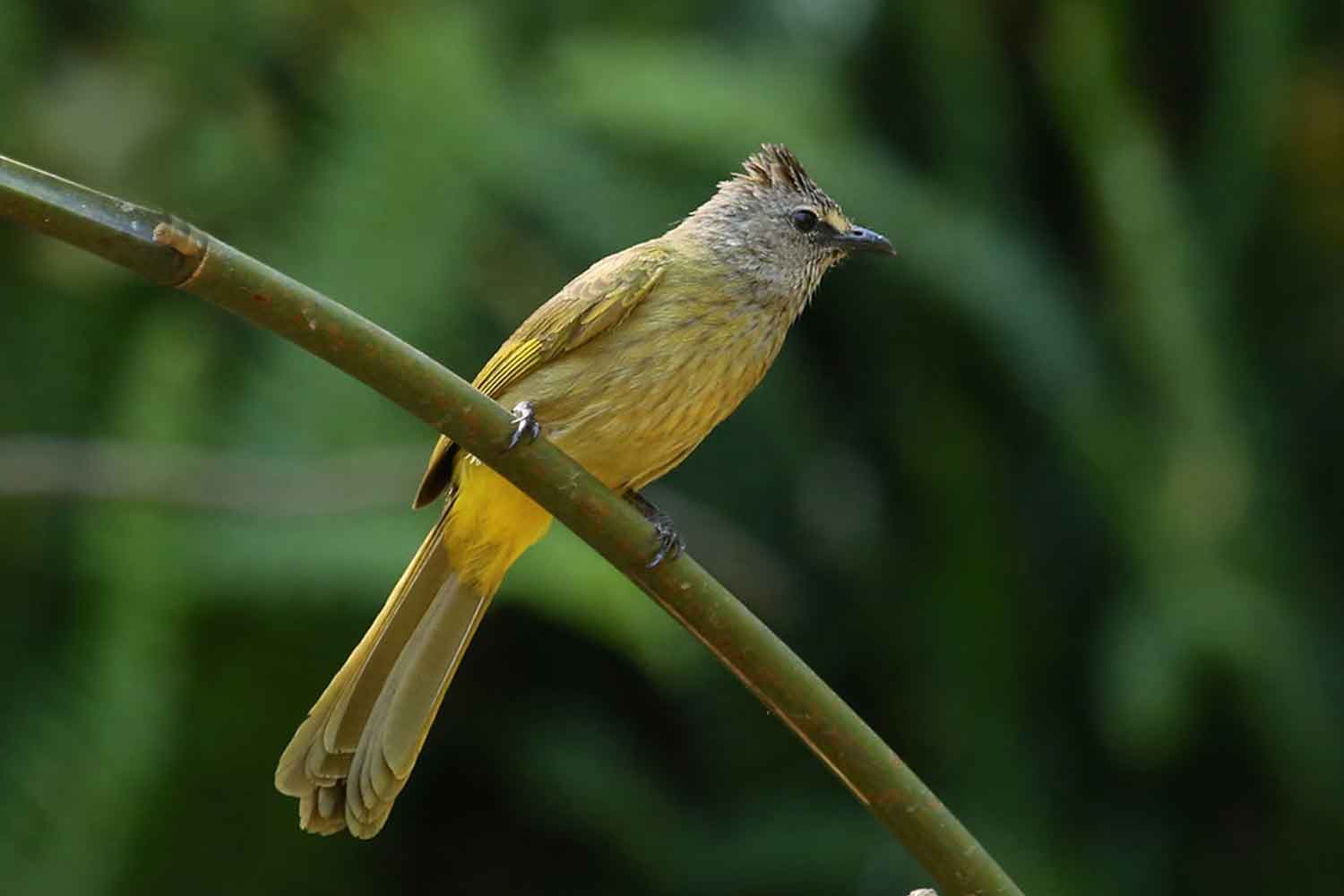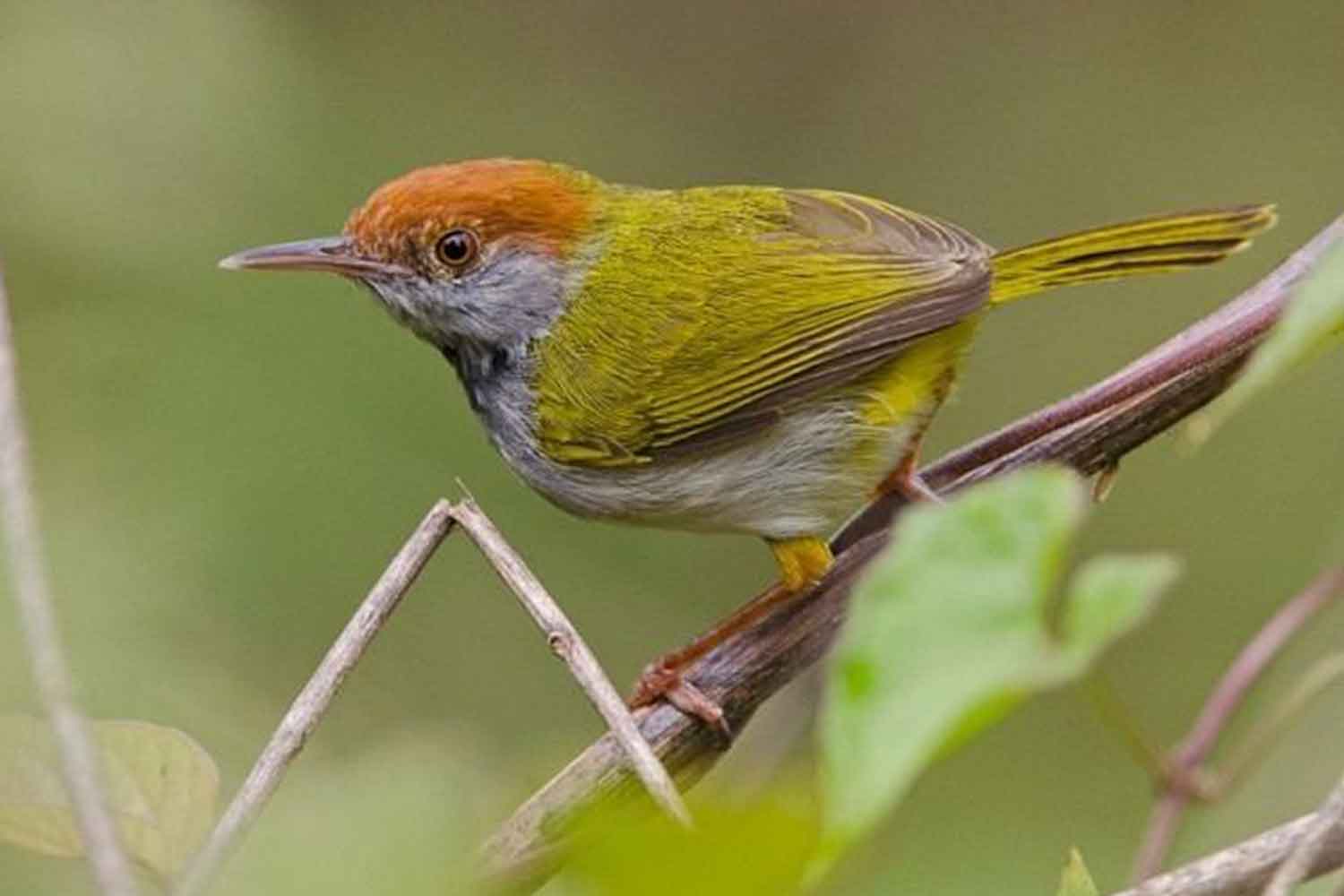Overview
With our Bubo Birding tours focussed on bird conservation, it would almost be a crime to leave out the Amur Falcons and Nagaland. Only in the last few years have Amur Falcons been known to congregate in such large numbers on migration, with phenomenal numbers of falcons gathering to feed and roost in Northeast India. The only thing more remarkable than this spectacle is the way a horrific story of large-scale hunting has completely turned around to become a local community conservation success. This specially designed week-long tour gives you the best opportunity to witness this spectacle, as well as enjoy the bird life of Nagaland.

Meals: Dinner
Accommodation: In the hotel
Upon arriving in Kolkata in the afternoon, relax at your hotel before tomorrow's flight to Nagaland. You can use your free time for a self-guided city tour, exploring landmarks like Victoria Memorial and Howrah Bridge. Dive into local cuisine and capture the essence of Kolkata's unique blend of tradition and modernity. Enjoy your brief stay before your onward journey.
Overnight stay.

Meals: Breakfast, Lunch and Dinner
Accommodation: Homestay
After breakfast, check out from the hotel for the connecting flight to Dimapur. Upon arrival, enjoy lunch at a local restaurant before a 3-hour drive to the village of Khonoma (80 km). Your accommodation for the next two nights is a homestay just outside the sanctuary, offering a blend of comfort and local experience.
Overnight stay.

Meals: Breakfast, Lunch and Dinner
Accommodation: In the hotel
Explore the bird life of the areas around Khonoma. Khonoma, like much of the rest of Nagaland, has had powerful traditions of hunting, until 1998, when the tribe themselves stopped hunting and instead established the Khonoma Nature Conservation and Tragopan Sanctuary. We can expect some special birds here such as Mountain Bamboo Partridge, Naga Wren Babbler, Moustached, Striped, Assam and Brown-capped Laughingthrush, Spot-breasted Scimitar Babbler, Grey Sibia, Crested Finchbill, Striated Prinia, Rusty-capped Fulvetta and Mrs Gould’s Sunbird.
Overnight stay.

Meals: Breakfast, Lunch and Dinner
Accommodation: In the hotel
Following an engaging morning session of birding, return to your homestay to savor a leisurely breakfast. Subsequently, embark on an extensive northward drive to the picturesque village of Wokha (97 km/ 4 hrs), renowned for hosting migratory Amur Falcons in abundance over the past few years.
Overnight stay.
NOTE: The main birding area for Amur Falcon is Doyang Hydro Dam which is 22 km and takes about an hour's drive. Pangti has only 1 homestay, which is very basic. So, we are proposing to stay in Wokha.

Meals: Breakfast, Lunch and Dinner
Accommodation: In the hotel
For two full days of birding in and around Pangti and Doyang Reservoir, we dedicate to the star of this tour: the Amur Falcon. These birds are passage migrants through India, migrating from their breeding grounds in eastern Russia and China to southern Africa. The scale of this migration has only been known in the last ten years when it was also discovered that birds were being hunted in alarming numbers: it was estimated that as many as 140,000 birds were slaughtered every autumn. Thankfully, because of a remarkable and rapid conservation effort, hunting has stopped completely, and local tribal folk now have a sense of pride about ‘their’ falcons. We will enjoy the privilege of their hospitality and find out more about this fantastic effort and the culture of these tribal communities. We also see species like Yellow-throated Laughingthrush, with Green-billed Malkoha, Black-throated Prinia, Buff-chested Babbler, White-tailed Robin, Crested Finchbill and Flavescent Bulbul here.
Overnight Stay.

Meals: Breakfast, Lunch and Dinner
Accommodation: In the hotel
After having an early breakfast, we will leave Nagaland with wonderful memories. We will move into Jorhat, Assam (125 km / 4 hrs) where we will have some time for afternoon birding in the Hoollongapar Gibbon Sanctuary. Most of the semi-evergreen forest in this area has long been converted to tea plantations, but this small sanctuary provides a remnant patch with excellent low-elevation birding. Apart from the Hoolock Gibbon, India's only ape, we have a chance to see Green-billed Malkoha, Red-headed Trogon, Great and Oriental Pied Hornbills, Large Niltava, Beautiful and Long-tailed Sibias, Sultan Tit, Collared Treepie, Mountain Tailorbird, both Greater and Lesser Necklaced Laughingthrushes, Pale-chinned Flycatcher, Scarlet-backed Flowerpecker and Ruby-cheeked Sunbird.
Overnight Stay

Meals: Breakfast
Accommodation: None
Upon concluding the enriching morning session amidst the captivating surroundings of Gibbon, return to your hotel for a refined breakfast experience. Following this, proceed with the checkout process and embark on a seamless journey to Jorhat Airport, where you will connect to your flight destined for Delhi While some may move to Tinsukia for another tour, others will be leaving via Delhi. This marks the culmination of your expedition, allowing you to carry back cherished memories of your time in Nagaland.
Tour End
Highlights
- Glimpses into the many rich cultures and traditions that make up Nagaland
- Gain an insight into the colourful history of Nagaland
- Sample delicious local Naga cuisine
- Guided birdwatching at Khonoma, Wokha, Pangti, Doyang Reservoir and Jorhat
- Great photographic opportunities for photographers of all interests
- Scenic road journeys along beautiful landscapes
Included
- 01-night accommodation in Kolkata 02-night's accommodation in Khonoma
- 03-night's accommodation in Wokha 01-night's accommodation in Jorhat
- Meals as per Itinerary Dedicated transport for the entire trip.
- Birding guide for the entire trip All applicable taxes.
Video
Location
Stories
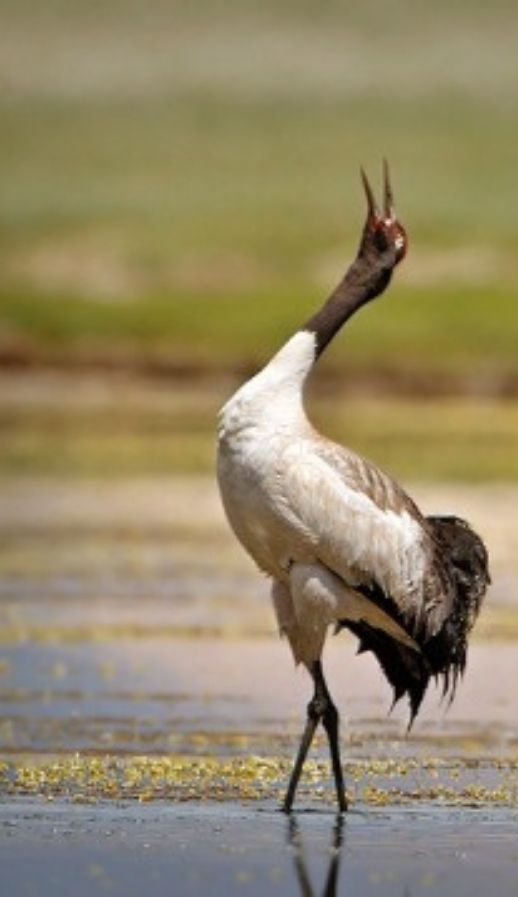
Ladakh
North India, the land of Ladakh, looks as though it was made for birdwatching and photography.

Gir National Park Gujarat
Sometimes it is not just the species spotted but also the amazing moments. Some of our guests had the unique opportunity to witness the mating of Asiatic Lions in the Gir Forest, truly a special moment.

Delhi
Surajpur is an amazing wetland close to the nation’s capital. Apart from being one of the monsoon homes for the Bristled Grassbird, it is also home to another sought-after species: the Bengal Bush Lark.

Rajasthan
One advantage of living near the birding hotspot of Bharatpur is that you can see some amazing birds, like the graceful Sarus Crane, in your backyard during this lockdown


